Difference between Lucite and Plastic
Key difference: Lucite is a type of plastic. The main difference between the two is that, Lucite is slightly heavier, denser and less fragile than plastic.
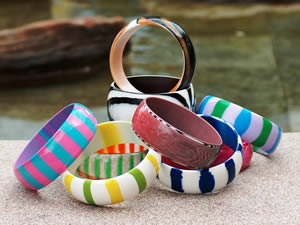
Because of the huge popularity of plastics, it is easy to think that your plastic water bottle, your plastic bracelet, your plastic shopping bag, and even the clear material separating your office cubicle, all are identical. However, such is not the case. There are many types of plastics which are used to make different types of materials, and Lucite is one such material.
Plastics are defined as semi-organic materials which are derived from oil or petroleum. They have a polymeric structure, and are classified as synthetic and semi-synthetic polymers. A polymer is a string of several repeated small subunits of molecules, known as monomers. Also, because of their high molecular mass, plastics can be easily molded in shapes.
Lucite, on the other hand, is a brand name for ‘Polymethyl Methacrylate’. It is also known as Plexiglas, acrylic glass, and Perspex. It is a chemically derived thermoplastic which is commonly used for making transparent, inexpensive and more resistant types of glass. Lucite was originally developed by the Dupont Company in 1939, and by 1960s, it was used for making jewelry and purses. Now, the vintage jewelry is considered highly collectible.
Lucite, being a type of plastic, is similar in nature and composition. Which is why, both plastic and Lucite are both widely used in making furniture, jewelry, glass, etc. however, there is quite a difference between the two analogous materials. Lucite is a type of acrylic material which has properties of both plastic and glass, which means it is clearer. It is also a bit heavier as compared to traditional plastic. Also, Lucite is strong in nature, and does not easily crack or break as compared to plastic. In addition to this, Lucite is very dense in nature and has to be carved out in shape, whereas plastic can be easily molded into shape.
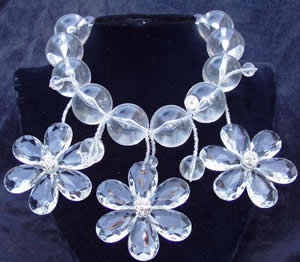
Another differentiation would be based on the types of these materials. There are 7 different types of plastic, whereas Lucite is just one type of plastic. The different types of plastic are as follows:
- Polyethylene Terephthalate (PET) - SPI Code 1- used for making polythene and other domestic items. It can be recycled.
- High-Density Polyethelene (H DPE) - SPI Code 2 - used to store soap, detergents, motor oil, milk, etc. it is not good for recycling.
- Polyvinyl Chloride ( PVC) - SPI Code 3 - it is harmful to recycle. It should not be used for the storage of food.
- Low-Density Polyethylene (LDPE) - SPI Code 4 - it is durable, flexible and used for making cling wraps, sandwich bags, shopping bags, etc.
- Polypropylene (PP) - SPI Code 5 - it is widely used for making bottle caps, drinking straws, yogurt containers, appliances, car fenders, etc.
- Polystyrene (PS) - SPI Code 6 - also known as Styrofoam. It is used for making food containers, plastic tableware, disposable cups, plates, and cutlery, etc.
- Other types of plastics.
Thus, from the above classification it can be easier to understand the difference between Lucite and plastic, wherein Lucite with its own properties and distinctive uses, is really very different form the regular types of plastic.
Comparison between Lucite and Plastic:
|
|
Plastic |
Lucite |
|
Definition |
It is defined as organic materials which have a polymeric structure, and are derived from oil or petroleum. |
It is defined as a transparent thermoplastic known as ‘polyacrylate’ and is derived from natural-gas. |
|
Composition |
It mainly comprises of:
|
It mainly comprises of:
|
|
Types |
It has many types. |
It is a type of plastic. |
|
Seams |
It has seams. |
It has no seams. |
|
Weight |
It is light. |
It is heavier. |
|
Nature |
It is transparent in nature. |
It is denser in nature. |
|
Shape |
It can be easily molded in shape. |
It has to be carved out in shape. |
Image Courtesy: myjewelrycenter.com, belledenuitnewyork.com





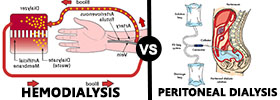
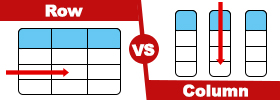
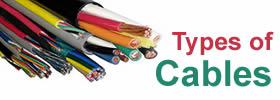

Add new comment